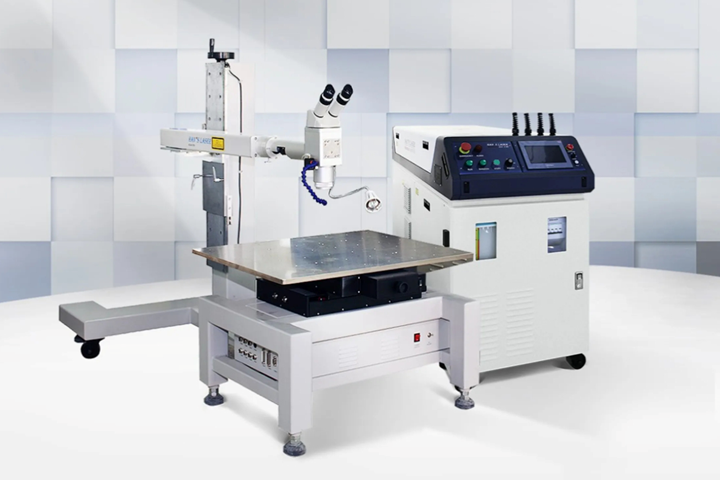Optical Fiber Laser Welding Machine for Effective Mold Repair
The Han’s Laser Mold 301 uses a highly flexible laser transmission and highly rigid worktable for repeated and stable crack, chip and damage repair.

Photo Credit: Han’s Laser Technology Co. Ltd.
Han’s Laser introduces Mold 301, the company’s optical fiber transmission pulse laser machine for mold repair, among other industries including electronics and automotive. It can effectively repair all cracks, chips and damages.
Laser welding flexibility is significantly enhanced with the machine, the company notes. The laser head is set far away from the welding machine due to the laser’s transmission through the optical fiber. The laser transmission’s flexibility enables users to process products that are challenging for other equipment. Moreover, the laser welding spot diameter is small to make sure pore, collapse, thermal strain and metallographic structure change will not occur after welding, greatly decreasing the post-welding treatment process.
Equipped with a 3D motion NC worktable based on industrial rocker control, Mold 301 is able to walk out of any irregular curve track, which is well-suited to mold and product repairs. The table can also be equipped with a rotating table controlled by an industrial rocker to make a circular motion.
An XYZ, highly rigid worktable promotes stable operations and repeated positioning precision.
Related Content
-
How to Overcome Complex Mold Texturing Problems
Key benefits when considering laser technology for mold texturing and repair.
-
How to Use Scientific Maintenance for More Accurate Mold and Part Troubleshooting
Discover how adopting scientific maintenance approaches helps improve mold lifespan, minimize failures, and optimize production outcomes.
-
How to Use Thermal Management to Improve Mold Cooling
A review of common mold cooling issues and possible solutions, including 3D printing applications.





.jpg;maxWidth=300;quality=90)






